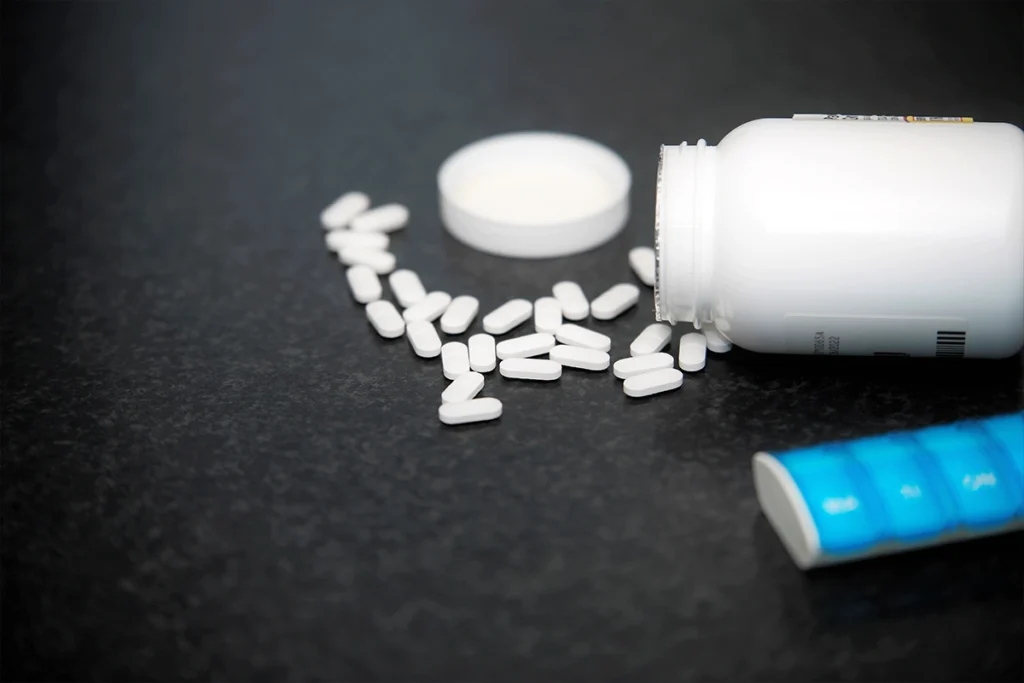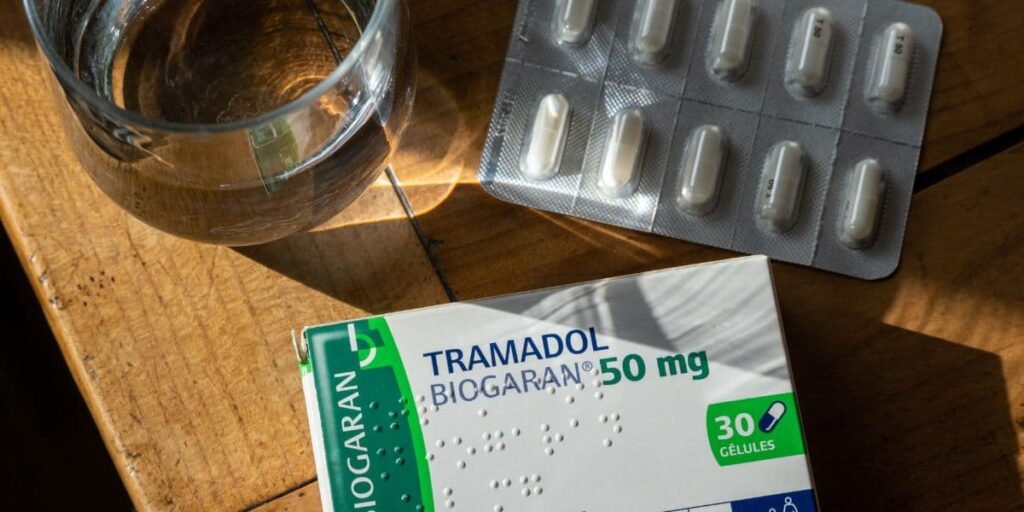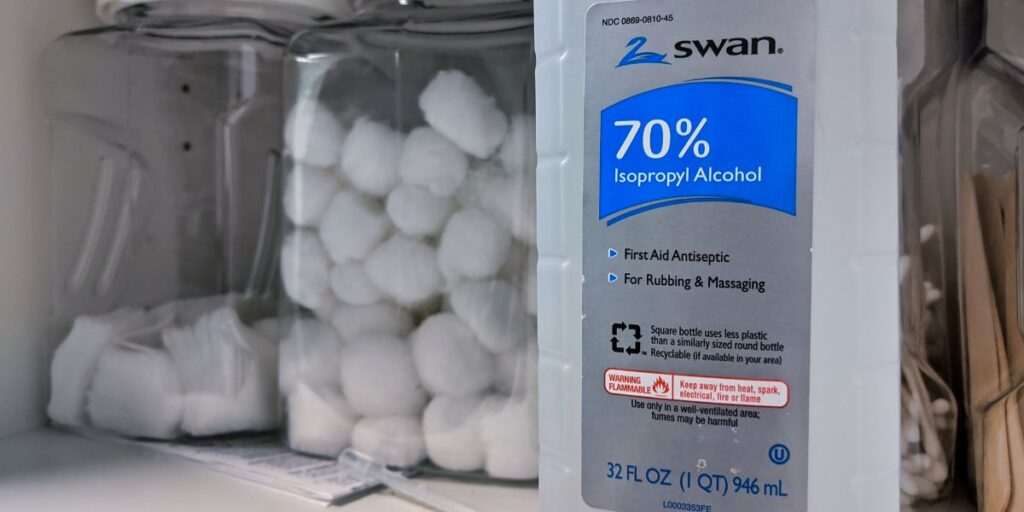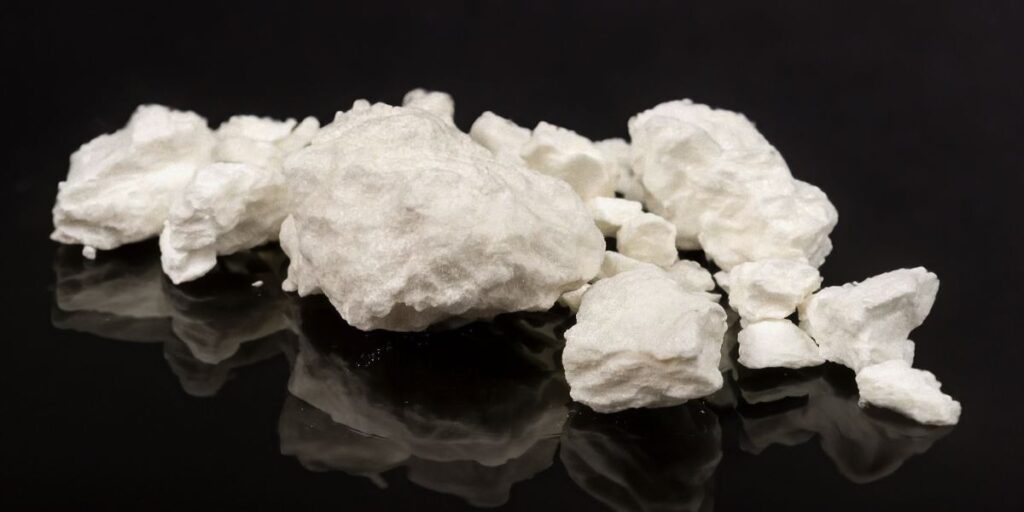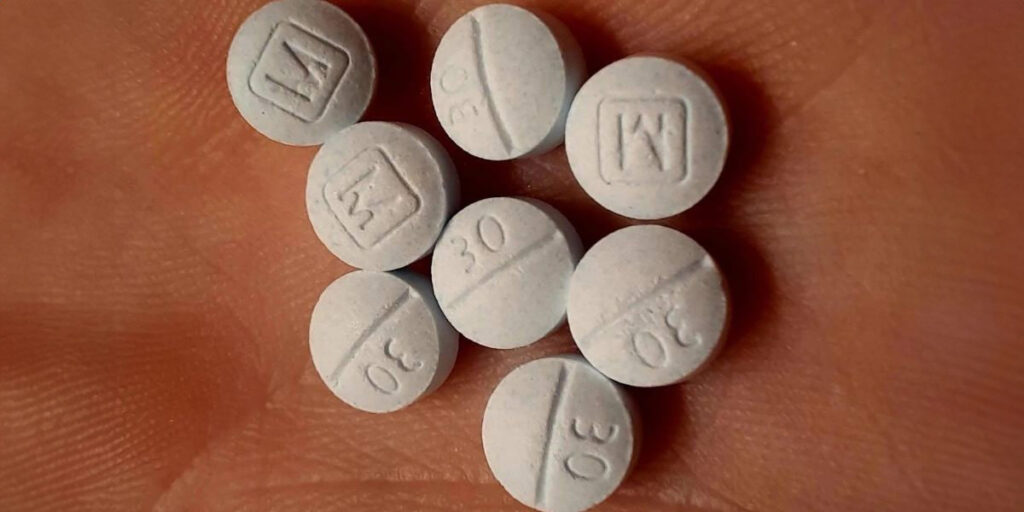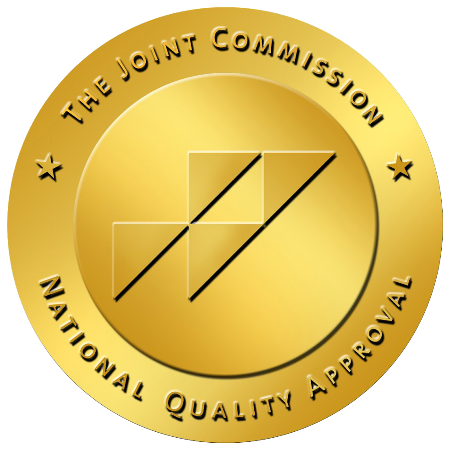Hallucinogen persisting perception disorder (HPPD) is a rare but severe condition that affects people who have used hallucinogens. It is characterized by continuous visual disturbances and other adverse effects that happen long after the hallucinogenic drug’s effects have worn off.
People with HPPD often have repeated visual hallucinations or misunderstandings of reality. This can lead to great distress and long-term effects on mental health.
While many people use hallucinogenic drugs recreationally without long-term effects, a small percentage develop hallucinogen persisting perception disorder. The disorder can happen after just one experience with hallucinogenic drugs or repeated use. People with HPPD often say their symptoms are overwhelming. They feel trapped by strange visuals, even in familiar places.
One of the main concerns with HPPD is its unpredictability. Some people may have symptoms that appear and disappear. Others report ongoing visual problems that impact their daily lives.
HPPD is listed in the Diagnostic and Statistical Manual of Mental Disorders (DSM-5). However, it is still not well-researched. Healthcare providers may not always notice its symptoms quickly.
The American Psychological Association (APA) plays a crucial role in classifying and understanding mental health disorders, including hallucinogen persisting perception disorder (HPPD). Including HPPD in the DSM-5 has helped doctors recognize and diagnose this condition more effectively. This has led to greater awareness and better treatment options.
The APA’s involvement also lays the groundwork for further research. Even though HPPD is listed in the DSM-5, more research is needed. We must understand how and why some people develop HPPD after using hallucinogenic drugs.
This research is important because HPPD has symptoms similar to other disorders, like post-traumatic stress disorder (PTSD). This makes diagnosis and treatment more difficult.
What Is Hallucinogen Persisting Perception Disorder (HPPD)?
Hallucinogen persisting perception disorder is a complex medical condition defined by the re-experiencing of mental disturbances after hallucinogenic drug use, such as LSD (lysergic acid diethylamide), MDMA, and other psychedelics. These visual disturbances, such as seeing haloes around objects or intensified colors, persist long after the effects of the drug.
People with HPPD often find their symptoms difficult to control, and these perceptual changes can happen unpredictably. The intensity and frequency of symptoms may vary from person to person, with some experiencing minor disturbances while others suffering from persistent and more severe visual distortions. This unpredictability can lead to increased anxiety and a diminished quality of life as people struggle to adapt to their new reality.

Understanding HPPD
HPPD can be divided into Type 1 HPPD and Type 2 HPPD. Type 1 is episodic, with occasional visual disturbances triggered by stimuli like stress or lighting conditions. Type 2 is more severe, with continuous and unrelenting visual disturbances. These symptoms may include visual snow or distortions in motion perception.
People with HPPD report seeing geometric patterns, halos around objects, or intensified colors, even in typical environments. This can lead to a persistent feeling of being stuck in an “endless trip,” causing immense distress. The condition may exacerbate anxiety disorders and other mental health issues, such as PTSD.
Recognizing HPPD Symptoms
Recognizing HPPD symptoms is crucial to preventing the condition from worsening. People with HPPD often experience a range of visual distortions that can disrupt their daily lives and lead to increased anxiety. Addressing these symptoms can help people manage their condition more effectively, improving their overall well-being.
Here are some key indicators that someone may be experiencing HPPD:
- Visual disturbances after drug use
- Recurrent flashbacks or visuals
- Static-like patterns or visual snow
- Increased anxiety and difficulty focusing
- Intensified colors and light sensitivity
What Is a Bad Trip?
A bad trip refers to a negative experience someone may have while using hallucinogenic drugs. Unlike spiritual experiences linked to psychedelics, a bad trip is marked by fear, confusion, and paranoia. During a bad trip, you may experience stressful hallucinations or intrusive thoughts.
People who have a bad trip often feel like they are losing control. This can make their fear and confusion even worse. This intense experience can cause emotional distress. This may worsen the negative effects of the trip and leave a lasting impact.
Symptoms of a Bad Trip
Some of the most common features of a bad trip include emotional and psychological distress that persists even after the drug’s effects have faded. These features can vary in intensity and duration, depending on the person and the drug involved.
Symptoms of a bad trip on hallucinogens include:
- Intense fear
- Paranoia
- Confusion
- Stress
- Disturbing hallucinations and thoughts
- Loss of sense of reality
- Emotional overwhelm
What Causes Hallucinogen Persisting Perception Disorder?
The exact causes of HPPD are unclear, but researchers believe that hallucinogenic drugs interfere with the brain’s visual processing system. The brain’s inability to return to its normal state after drug use may explain the persistence of visual disturbances.
Psychedelics like LSD and psilocybin interact with serotonin receptors in the brain, which regulate mood and perception. When overstimulated, these receptors can cause long-term sensory alterations. Some people may be more prone to HPPD because of genetics or a history of mental disorders.
How HPPD Affects Daily Life
Living with hallucinogen persisting perception disorder (HPPD) can greatly affect daily life. Visual disturbances and increased anxiety often disrupt routine tasks. Many people struggle to maintain concentration and function in environments that trigger or worsen their symptoms. Public spaces with bright lights or fast-paced visual stimuli, such as cities or shopping malls, can intensify the symptoms of HPPD, making it hard for people to navigate their surroundings.
Social interactions may also be affected by HPPD, as the persistent symptoms can cause feelings of isolation or misunderstanding. People with HPPD may avoid social situations because of discomfort, further worsening anxiety and creating challenges in maintaining relationships and social support networks. Getting professional help and learning to manage these symptoms is important. It can help people retake control of their lives.
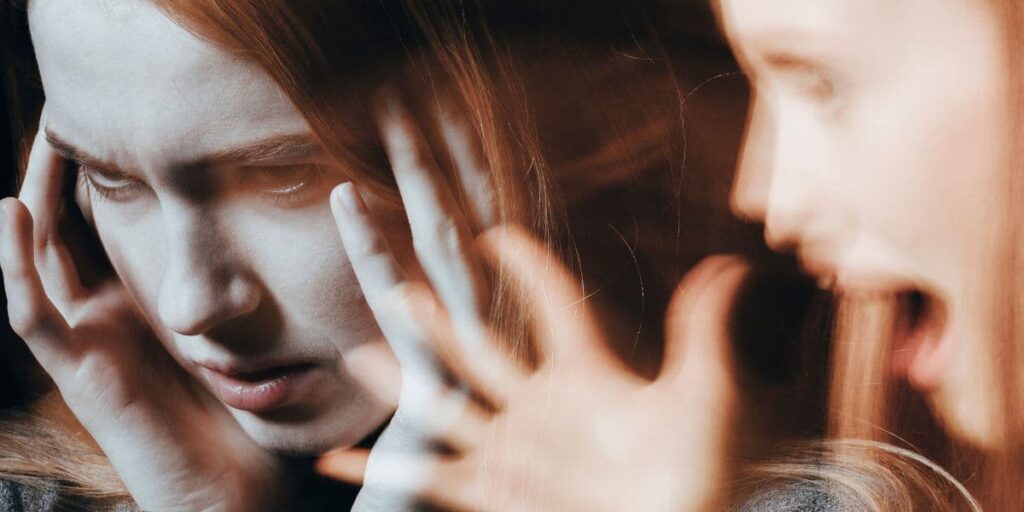
What Are the Long-Term Symptoms of HPPD?
Long-term HPPD symptoms can significantly impact a person’s quality of life. Those with HPPD may struggle to perform daily tasks because of ongoing visual disturbances and heightened anxiety. The mental strain of the condition can worsen other mental health problems. This creates a complicated situation for those with HPPD.
HPPD symptoms can vary, but the most common are persistent visual disturbances, such as:
- Visual snow
- Distorted motion perception
- Halos and afterimages
- Intensified colors
- Geometric patterns
Other symptoms may include depersonalization, where people feel detached from their bodies, or derealization, where the environment seems unreal. These symptoms can severely affect daily functioning, including driving or working in bright environments.
In addition to visual symptoms, many people with HPPD experience heightened anxiety, difficulty concentrating, or depression. The long-term nature of these symptoms can lead to social isolation and worsening mental illness. People may also feel misunderstood or stigmatized if their condition is not correctly diagnosed.
While there is no cure for HPPD, treatments are available to help manage symptoms. Cognitive-behavioral therapy (CBT) has shown promise in addressing the psychological effects of HPPD, such as anxiety and PTSD. Medications like selective serotonin reuptake inhibitors (SSRIs) may also help alleviate some symptoms.
Long-Term LSD Visual Effects
LSD is one of the most studied hallucinogens. It is known to cause many visual changes during and after use. Some people experience “post-LSD visual effects,” such as lingering visual distortions or intensified colors. In some cases, these effects persist and lead to the development of HPPD.
These disturbances can significantly impact a person’s life, interfering with daily activities. HPPD symptoms create a continuous state of altered perception, often worsening mental health conditions like anxiety and depression.
Hallucinogen Drug Abuse Treatment at Northridge Addiction Treatment Center
At Northridge Addiction Treatment Center (NATC), we provide evidence-based, patient-focused addiction treatment for people struggling with substance use and those affected by hallucinogen drug abuse and long-lasting effects like hallucinogen persisting perception disorder (HPPD). Our experienced and compassionate team of professionals works with you to develop a personalized treatment plan tailored to your immediate needs and goals.
NATC helps patients overcome the physical and psychological effects of drug addiction and abuse. We use a combination of scientifically proven treatments and therapies to help you heal from the underlying causes of your substance use.
NATC offers medical detox, dual diagnosis for co-occurring mental health conditions, medication-assisted treatment, cognitive-behavioral therapy (CBT), individual and group therapy, and so much more.
Our intensive, whole-person approach ensures every patient regains control over their lives, with a focus on long-term healing and recovery from addiction.
Contact NATC today. Your path to meaningful recovery may just be a phone call away.



